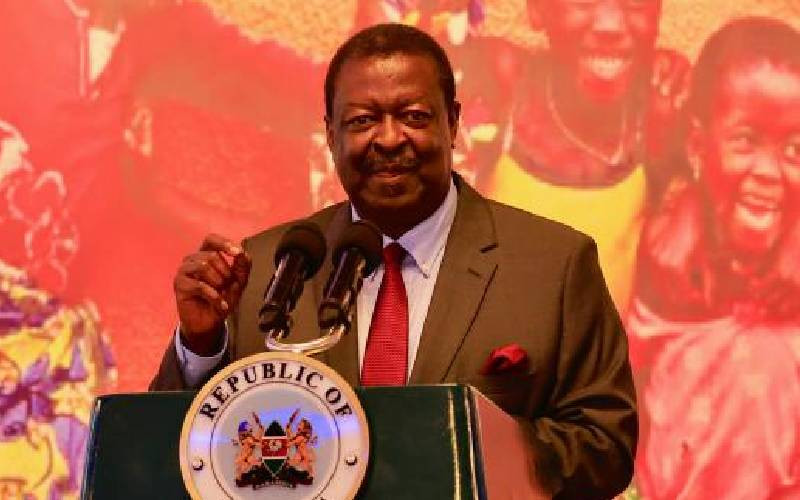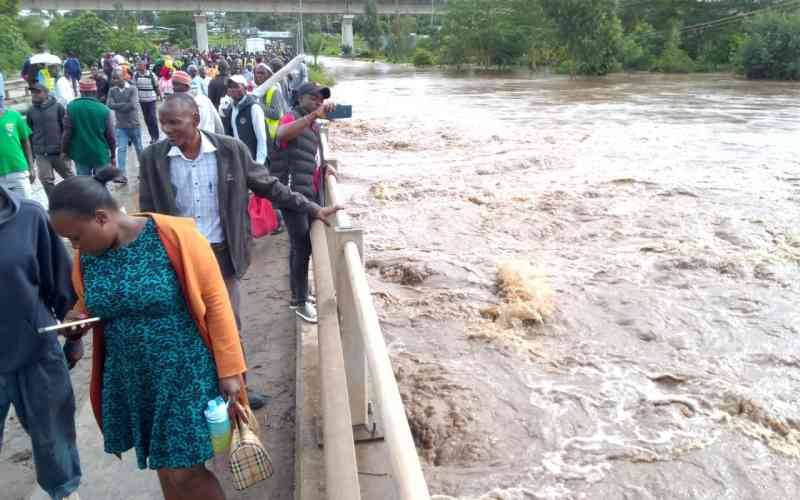The extent of rot, greed and corruption in our society is manifest in a report by the Ethics and Anti-Corruption Commission (EACC) indicating that food supplies meant for those facing dire food deficiency are being diverted by profiteering cartels.
It also highlights our inability to conquer nature and make it work for us 50 years after independence. Common wisdom has it that to develop, a country must first feed itself. Kenya is worse off and the revelations by the EACC report are the symptoms of an underlying problem.
What is worse is that the buccaneers have connections in high places of authority. Mostly in Government agencies charged with distributing relief food to affected areas.
A report in The Lancet, a journal, estimated that 1.3 million Kenyans faced starvation in March. Besides that, hundreds of thousands of children under five years old risked severe malnutrition in Turkana County alone. That is alarming.
The areas most affected by this vice are in the arid and semi-arid areas, namely Kitui, Isiolo, Garissa, Baringo, Mandera, West Pokot, Turkana Samburu, Marsabit and Wajir.
As happens often, when reports of ravaging drought in these areas come out, the Government was quick to reassure Kenyans there was enough food to feed the hungry. Though this was taken with a pinch of salt, Sh1 billion was released for the purchase of food for the affected communities through the Ministry of Devolution and Planning.
Besides this allocation, bags of rice were released. Yet the report discounts the effect of the emergency response. Where did the relief food end up? Who were the beneficiaries? The Ethics and Anti-Corruption Commission says the cartels involved have set up fictitious children's homes, churches and homes for the elderly, which are listed as beneficiaries.
The EACC carries out investigations and institutes corrective measures, but the fear is that besides raising the alarm, there is nothing much that happens. We soon revert to business-as-usual. It could be business unusual this time round.
EACC even has information on the Government vehicles used to transport the relief food to centres where it is sold off to traders, and some of the Government officials involved.
One wonders why there were no mechanisms in place to ensure such consignments reach the intended beneficiaries. It now looks like the Government is looking the other way as criminal elements take undue advantage of the unfortunate.
As a start, the Government will have to take tough punitive measures against those subverting its noble efforts. It might also be that fixing the age-old problem lies in addressing the issues that subject millions to a vicious cycle of hunger and starvation. The one-million-acre irrigation scheme launched by President Uhuru Kenyatta early this year is one such initiative.
If the project is successful, it will be akin to killing two birds with one stone. Because we won't hear reports of disappearing food relief and the people will have enough to eat.
This will be done through harvesting rain water and minimising water wastage in arid areas with soil cover good enough for agricultural production.
In fact, in Turkana, a dry area, the county government has initiated various projects to ensure food sufficiency. That is commendable. Others should follow suit.
Stay informed. Subscribe to our newsletter
 The Standard Group Plc is a
multi-media organization with investments in media platforms spanning newspaper
print operations, television, radio broadcasting, digital and online services. The
Standard Group is recognized as a leading multi-media house in Kenya with a key
influence in matters of national and international interest.
The Standard Group Plc is a
multi-media organization with investments in media platforms spanning newspaper
print operations, television, radio broadcasting, digital and online services. The
Standard Group is recognized as a leading multi-media house in Kenya with a key
influence in matters of national and international interest.
 The Standard Group Plc is a
multi-media organization with investments in media platforms spanning newspaper
print operations, television, radio broadcasting, digital and online services. The
Standard Group is recognized as a leading multi-media house in Kenya with a key
influence in matters of national and international interest.
The Standard Group Plc is a
multi-media organization with investments in media platforms spanning newspaper
print operations, television, radio broadcasting, digital and online services. The
Standard Group is recognized as a leading multi-media house in Kenya with a key
influence in matters of national and international interest.








